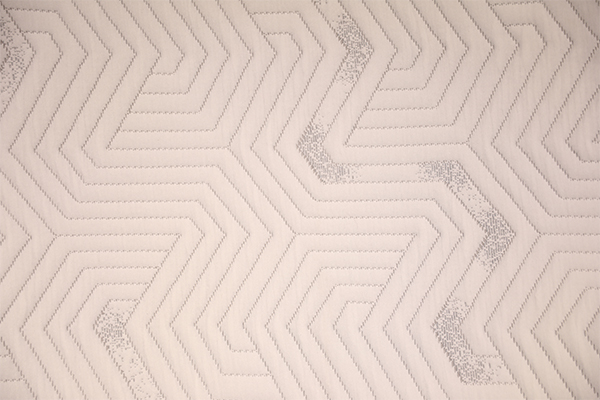The air layer fabric is characterized by large elastici […]
The air layer fabric is characterized by large elasticity, easy plasticity, rich colors, and no seaming. Because the air layer fabric is generally thicker, it also has warmth retention. The sandwich fabric is composed of upper, middle and lower sides. The surface is usually a mesh design, the middle layer is MOLO yarn connecting the surface and the bottom surface, and the bottom surface is usually a densely woven flat surface, commonly known as "sandwich". There is a dense net under the fabric, so that the net on the surface is not too deformed, and the fastness and color of the fabric are strengthened. Knitted sports fabrics The superior stretch characteristics of knitted fabrics provide a lot of convenience for clothing design. In particular, lightweight and high-stretch fabrics have become the first choice for many sportswear such as swimwear and gymnastics. It not only requires clothing to have the function of showing the beauty of the human body and the beauty of the shape. , But also have the requirements to adapt to the various activities of the human body, sportswear generally requires a maximum elongation of 25% to 40% of the fabric. Sandwich fabric Sandwich fabric is a synthetic fabric woven by warp knitting machine. The mesh effect makes the fabric more modern and sporty mesh effect. It is made of high-molecular synthetic fiber, which is woven at one time by a precision machine, and is durable. It is a high-quality warp-knitted fabric. Knitted air layer air layer fabric is a kind of textile accessories. The pure cotton fabric is soaked in a chemical solution. After soaking, the surface of the fabric is covered with countless extremely fine hairs. These fine hairs can form an extremely thin layer on the surface of the fabric. There is another kind of air layer which is stitched together of two different fabrics, and the gap in between is also called the air layer. Cationic gradient fabric gradient is an important formal beauty law in aesthetics, and visual elements such as shape, size, orientation, direction, and color can undergo mutations. Fully perceive the ruggedness, rhythm, and layering effects of color mutations on the picture, and experience the peculiar charm of color mutations in nature and life. At present, air layer fabrics are mainly used in casual women's clothing, including sweaters, skirts, dresses, overcoats, etc., but most of them on the market are solid colors or stitching, patterns or textures are still used relatively few, and the shape is relatively simple. X-shaped, the most common technique is the folding design.

Design principles of air layer fabrics
Air layer dresses should be designed based on the principle of combining practicality and aesthetics. We should not only consider from the direction of practical wear, but also consider the innovation and beauty of air layer dresses. If there is no change in color, texture and texture in the design of the air layer dress, the clothing will appear monotonous and boring. Therefore, not only the silhouette of the clothing must be innovated, but also the design of fabric reconstruction. The main design techniques are: artistic hand-painting, printing, color contrast, and additive design. The same or different materials are stacked on the air layer fabric through techniques such as stacking. Achieve three-dimensional and hierarchical artistic effects, subtractive design wear, burn, corrosion, and counter-thinking design. We can use these methods to achieve an innovation of air layer fabrics. This is the innovative principle that air layer fabrics should follow in clothing design.